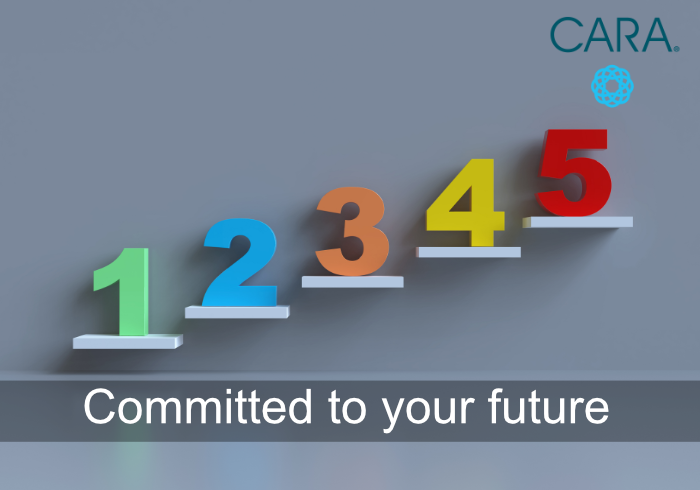
Is your organizational learning strategy keeping pace with agile business strategy? As a business leader, you have heard the buzz, “The Big Quit” … “The Great Reshuffle” …” Hybrid Workforce”,…

Is your organizational learning strategy keeping pace with agile business strategy? As a business leader, you have heard the buzz, “The Big Quit” … “The Great Reshuffle” …” Hybrid Workforce”,…

Consider these instructor scenarios: “I feel like I’m pulling teeth to get my students to actively participate in their learning or remember the key points I just presented.” “At the…